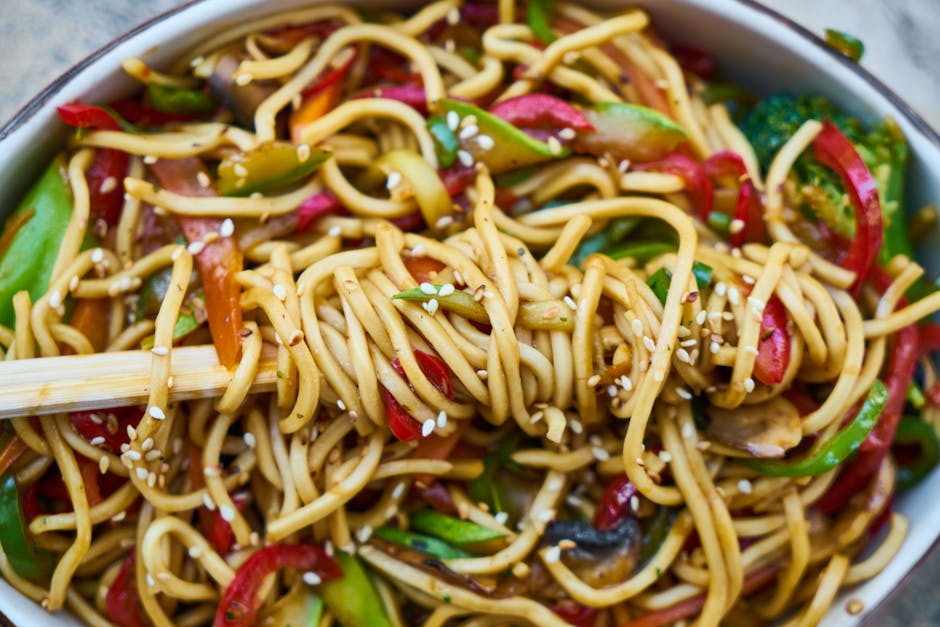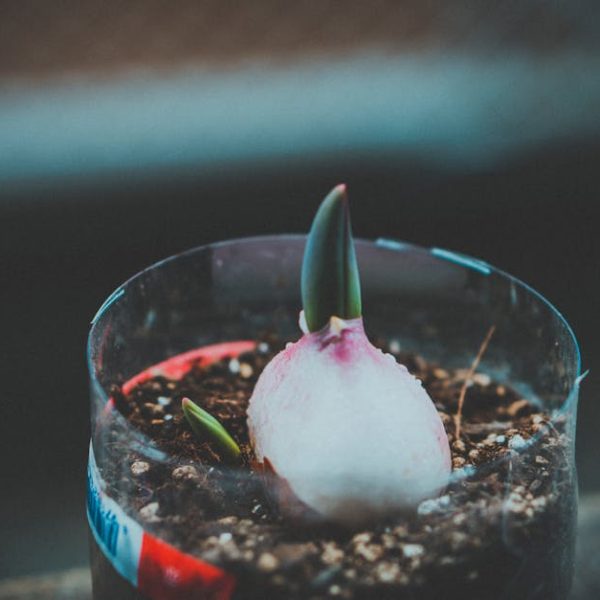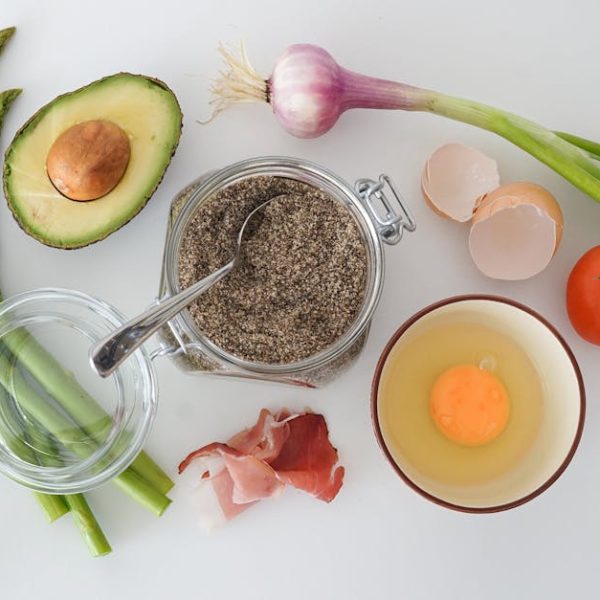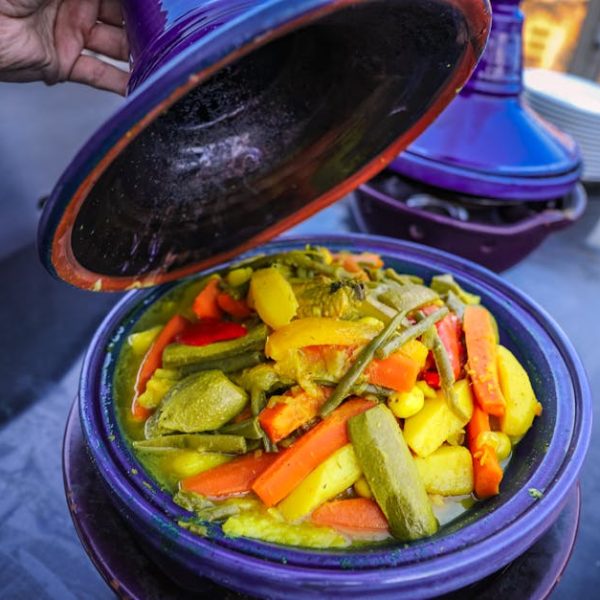Bell peppers can remain fresh in the refrigerator for about a week to ten days. But remember, the clock starts ticking as soon as the peppers are plucked from the plant. Here’s how to prolong their freshness:
- **Preparation**: Start by washing the peppers thoroughly under cold water and dry them completely before refrigeration.
- **Packaging**: You can store the entire bell pepper or chop them to save space in your fridge. Remember, sliced bell peppers are always a good addition to salads, stir-fry recipes, and many other delicious dishes.
- **Container**: Place these peppers in vegetable bags or airtight containers to maintain their crispiness.
- **Temperature**: Ideally, your refrigerator temperature should be between 40 degrees and 45 degrees Fahrenheit.
Freezing Bell Peppers
Freezing is a great way to store bell peppers long-term without losing their crunch or flavor. The process involves blanching, a technique of boiling vegetables briefly to destroy enzymes responsible for discoloration and flavor loss.
Here is the process for freezing fresh bell peppers:
- Wash and dry the peppers thoroughly.
- Slice open and remove the seeds.
- Blanch them in boiling water for two to three minutes.
- Cool them rapidly in ice water.
- Drain and pack in freezer-safe bags.
- Squeeze out excess air and seal the bags.
- Freeze the bags in single layers.
Pros: This method extends the usable life of bell peppers up to 12 months in the freezer without any significant loss of flavor or texture. Cons: Blanching can sometimes cause slight water-logging, making the peppers a bit mushy.
- Best Practice: Label your freezer bags with the date using a sharpie. This way, you’ll know just how long your peppers have been in the freezer.
Canning Bell Peppers
Canning bell peppers can ensure their availability throughout the year, especially during the off-season. Canning involves packing bell peppers into jars and pressing down to remove any excess air before adding the brine or desired canning liquid.
Canning Process:
- Start by washing the bell peppers and jars thoroughly.
- Sterilize the jars in boiling water.
- Place peppers into jars while they are still hot.
- Add your canning liquid, typically a vinegar solution or tomato juice.
- Seal and process the jars in a boiling water bath or pressure canner.
Canning Safety Tips: Only use high-quality, blemish-free peppers. Always ensure jars and lids are sterilized before use to prevent harmful bacteria and molds from ruining your canned peppers.
- Checklist: Sterilized jars and lids, high-quality bell peppers, brine or canning liquid, a boiling water bath, and a cooling rack.
- Comparison: Canning alters the flavor and texture of peppers slightly due to the heat process. Unlike fresh peppers that are crunchy, canned peppers are softer but equally delicious.
Dehydrating Bell Peppers
Dehydrating bell peppers is another fantastic way to store them, not to mention it’s a great way to concentrate their flavor for a more intense taste.
Here is how you can dehydrate bell peppers:
- Rinse and clean the bell peppers.
- Cut them into even slices.
- Arrange the slices on a dehydrator tray.
- Set the dehydrator to 125°F – 130°F and run it for about 4 to 6 hours or until crisp.
The best thing about dehydrated bell peppers is that they can be rehydrated and used in a variety of culinary applications, from soups and casseroles to salad toppings.
- Pro Tip: Dehydrated bell peppers should be stored in a cool, dark, and dry place in airtight containers to maintain their shelf life, which can last for up to a year.
- Best Practice: It’s recommended to rehydrate your dehydrated bell peppers by soaking them in warm water for about 20 minutes to restore their original flavor and texture.
Pickling Bell Peppers
Pickling is a simple method that combines vinegar, salt, and spices to preserve bell peppers while adding a unique tangy flavor. Here’s the process:
- Prepare your brine by mixing vinegar, water, and pickling salt.
- Wash and slice the bell peppers, removing the seeds.
- Pack the peppers tightly into sterilized jars.
- Pour the hot brine over the peppers, leaving a 1/2-inch headspace.
- Close the jars with lids and refrigerate.
Versus: Pickled bell peppers have a tangy flavor and a slightly crisper texture compared to fresh peppers due to the absorption of the pickling solution. They are wealthier in vinegar but maintain vital nutrients of fresh bell peppers.
- Checklist: Ensure you have high-quality, ripe bell peppers, sterilized jars and lids, vinegar, water, pickling salt, and a refrigerator.
To conclude, there are numerous ways to store bell peppers, each with its pros and cons. The storage method you choose depends on your preference, space, and how you plan to use the peppers later. By using one of these techniques, you’ll be able to enjoy the fresh taste and health benefits of bell peppers all year round!
Key Takeaway:
- Bell peppers can be stored effectively in multiple ways, including refrigeration, freezing, canning, dehydrating, and pickling.
- Refrigeration can extend the freshness of bell peppers for up to ten days, while freezing extends their shelf life up to a year without significant loss in flavor or texture.
- Canning is a great way to make bell peppers available throughout the year, with a slight alteration in flavor and texture.
- Dehydrating concentrates the flavor of bell peppers while maintaining the nutrients.
- Pickling adds a tangy flavor while preserving their nutritional value.
- Preparation and storage conditions are key to ensuring optimal flavor and longevity of stored bell peppers regardless of the method.
Above all, remember that the key to storing bell peppers effectively is to understand and consider your needs, space, and future culinary applications. Experiment with different methods to discover which one works best for you. Each method offers unique flavors and textures that can add variety to your meals!
FAQs
Q: Can I store bell peppers at room temperature?
A: Bell peppers will start to degrade at room temperature after a few days. Therefore, it is best to store them in the refrigerator or use any of the other methods mentioned in the article to prolong their shelf life.
Q: What will happen if I do not blanch bell peppers before freezing?
A: Blanching helps to preserve the color, flavor, and nutritional content of bell peppers before they’re frozen. Without blanching, bell peppers may become discolored and lose their flavor over time.
Q: Can I refrigerate bell peppers in a regular plastic bag?
A: It is recommended to store bell peppers in vegetable bags or airtight containers. Regular plastic bags may not provide enough breathability required to prevent moisture build-up, which can lead to faster decay.
Q: Do dehydrated bell peppers retain their nutritional value?
A: Yes, dehydrating bell peppers preserve most of their nutritional value. It’s beneficial to consume them within a year of dehydrating for optimal nutritional intake.
Q: Can I pickle bell peppers using other vegetables?
A: Absolutely! Many people pickle bell peppers alongside other vegetables such as cucumbers, carrots, or onions to create a flavorful and diverse condiment.
Share this article with your fellow food preservation enthusiasts and explore more posts on our website to learn more handy tips and tricks about food storage.






